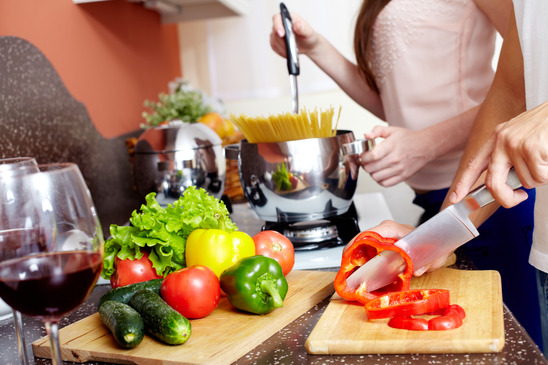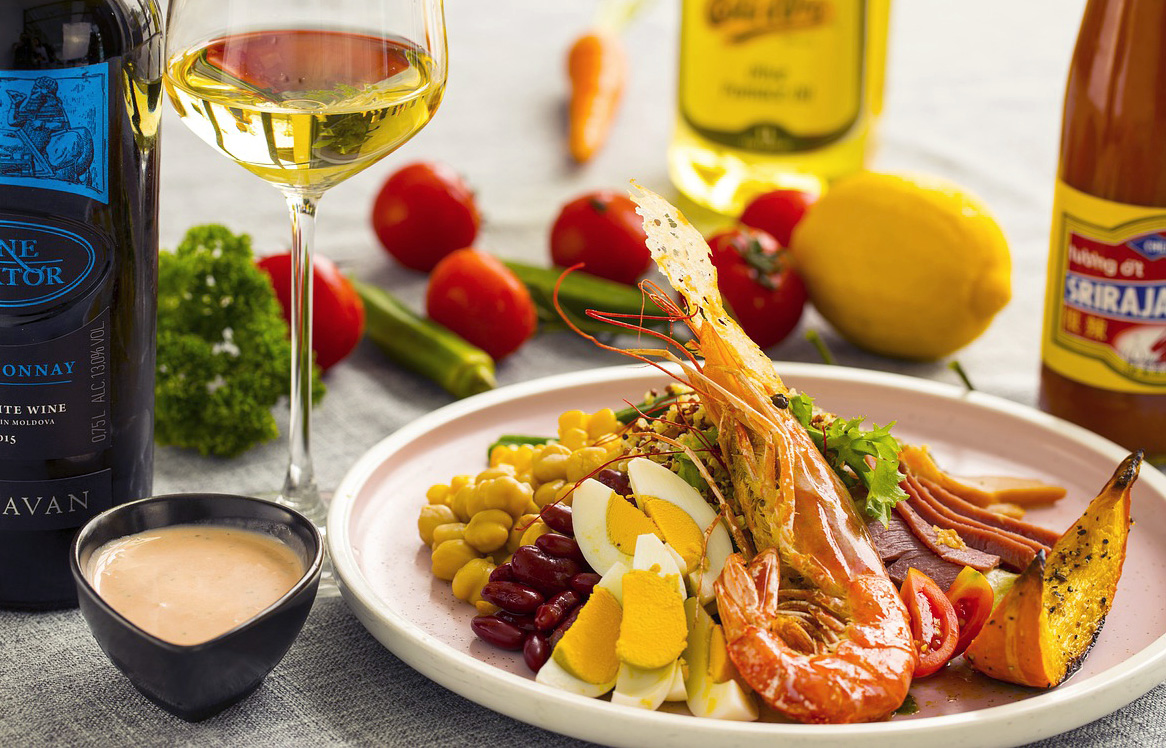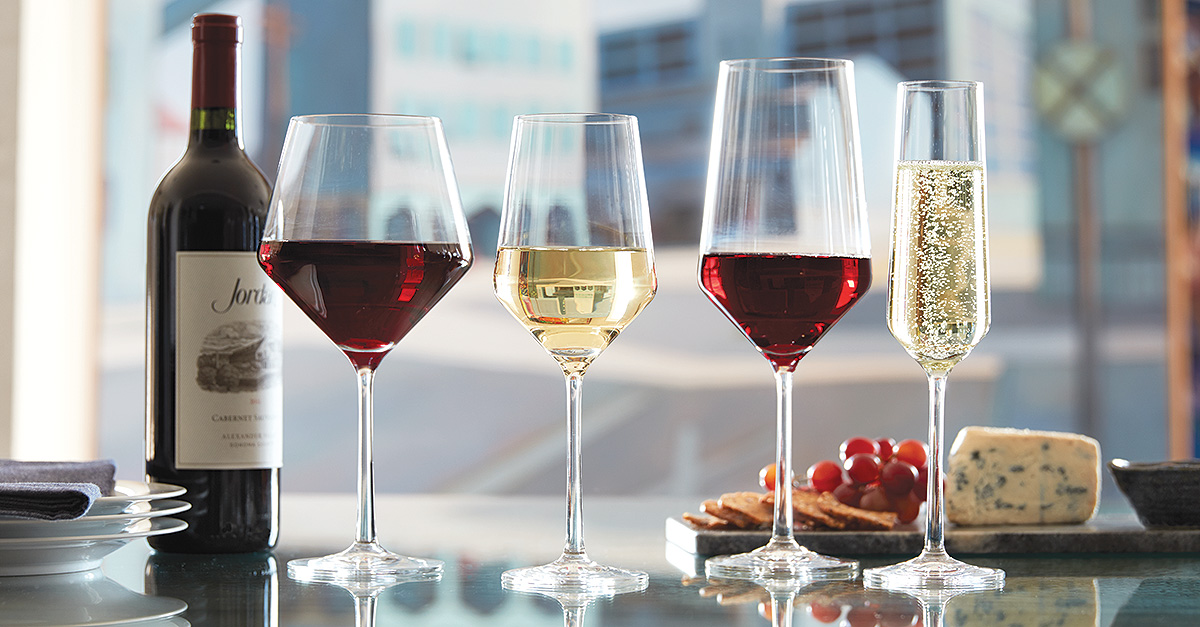
Using wine as an ingredient is as old as wine itself. The ancient Greeks cooked with wine. So did the Romans, who spread the habit as they conquered Europe.
For some people, “cooking with wine” may mean popping a cork, pouring a glass and then pondering what to make for dinner. But adding wine to your recipes can enhance flavors and make for a more enjoyable meal. Try thinking of wine as another condiment, much like herbs, spices and other flavorful seasonings.

A mid-range wine is a good choice. There’s no need to grab the most expensive bottle from your cellar. Just make sure you choose something that compliments the dish in question and of good quality. And if you want a truly flavorful dish, steer clear of anything labeled a “cooking wine.” The added sugar and salt in most cooking wines make them unpalatable.
Follow these rules of thumb to choose a bottle that will go well with your recipe.
1. Pair wine for cooking as you would at the table
To choose a bottle that will enhance and compliment the dish, consider the flavor profile. Is the wine light, crisp, full of citrus and melon like a Sauvignon Blanc? That’d be a great choice for seafood or poultry. The bracing acidity of the wine will work in the same fashion or a squeeze of lemon. Other great choices would be Pinot Gris, Pinot Grigio or an unoaked Chardonnay.
A buttery, oak aged Chardonnay is probably a better choice for sipping than cooking. The toasty notes in the wine tend to linger and may overwhelm other flavors in your dish, so it is not ideal for combining food and wine.
2. Know your tannins
More robust recipes for meat, poultry and game are perfect for red wines. Remember that red wines contain tannin, the sometimes astringent quality that gives the wine its backbone. Tannins can be bitter, but if your dish contains proteins or fat, this will counteract the effect.
More medium-bodied reds such as Pinot Noir, Sangiovese and Barbera are always reliable choices; full of earthy red fruits and not too much tannin.

3. Think regional
When pairing wines with food, the adage “If it grows together, it goes together” applies. Going Greek? Try a lively white from the island of Santorini. Italian? How about a bit of Chianti in your pasta sauce?
Fortified wines have been a favored seasoning for millennium. Port, Sherry, Madeira and Marsala can add an extra level of flavor to soups, sauces and stews. These wines have a higher alcohol content, too, so they will last longer than regular table wines once you open them.
4. Get creative with other flavor-enhancing tips
Wine can enhance your food preparation in many other ways as well. A few ideas include:
-
Try using wine as a substitute for water or stock in your recipes, or for deglazing the pan after sautéing. After you remove your chicken, steak or chops from the pan, make a quick reduction sauce with a dash of wine, adding a knob of butter at the finish.
-
You can also use wine for basting and roasting meats such as poultry. Just add it to the melted butter or oil for another delicious layer of flavor.
-
And don’t forget dessert! While fruit poached in wine is classic, you can also try adding wine to other desserts. Pour a sweeter, Late Harvest wine over fresh fruit salad, add a bit of Madeira to your whip cream, or drizzle Sherry over some pound cake.
-
Have some leftover wine? Want to use it a bit later in your recipe? Here are a few tips on keeping wine fresh after you’ve opened it.

The only limit is your sense of adventure and imagination. And having that tasty glass of wine by your side in the kitchen is the perfect inspiration!
What’s your favorite recipe — and wine to cook it with?
About the author: Hilarie Larson is a Certified Specialist of Wine and Wine Educator who loves to write and teach about wine in all its many facets. She received the “2013 Emerging Writer Scholarship Award” from the International Food, Wine and Travel Writers Association. Visit Northwinds Wine Consulting to learn more about bringing the enjoyment of wine to your private or corporate event.